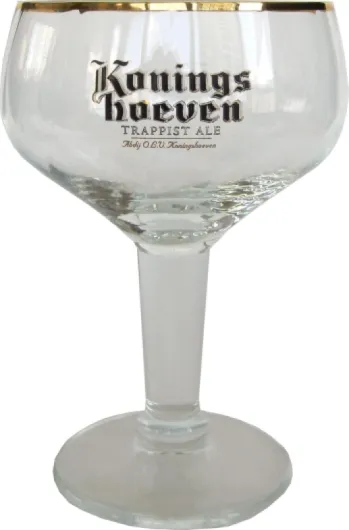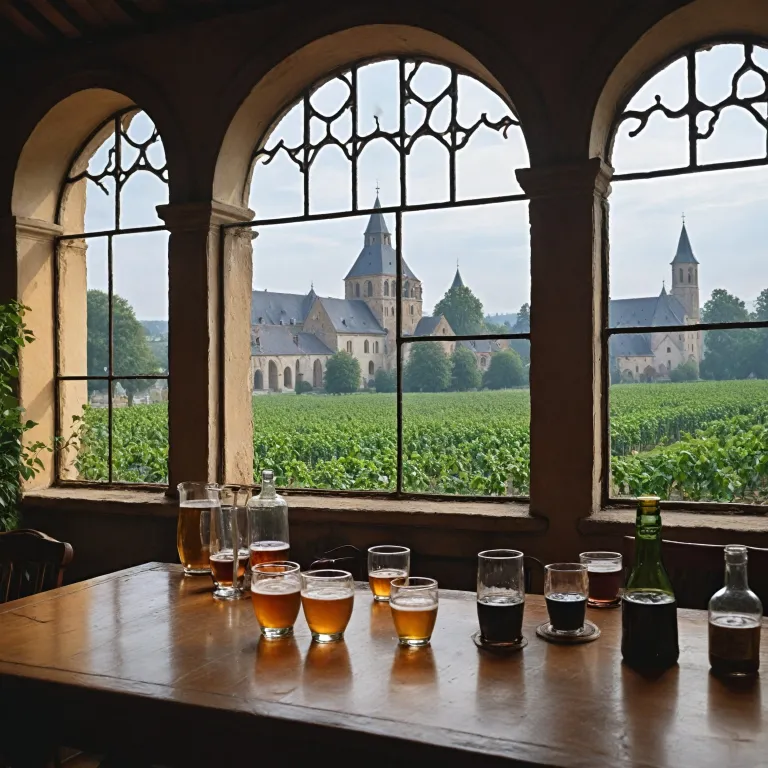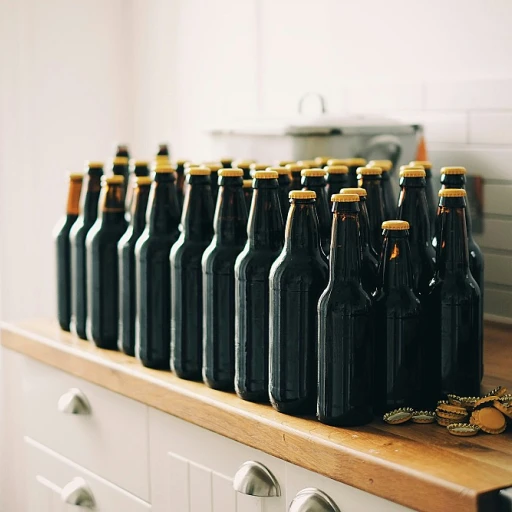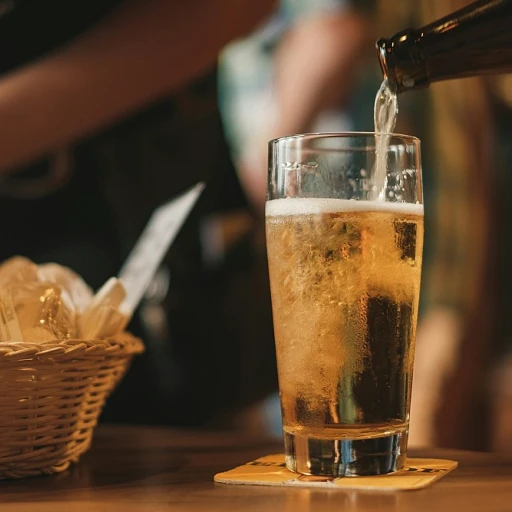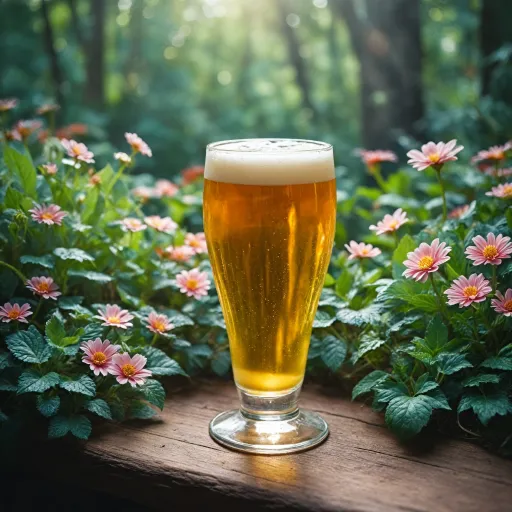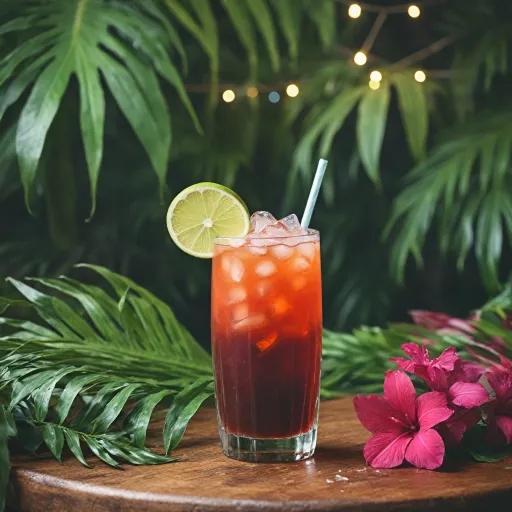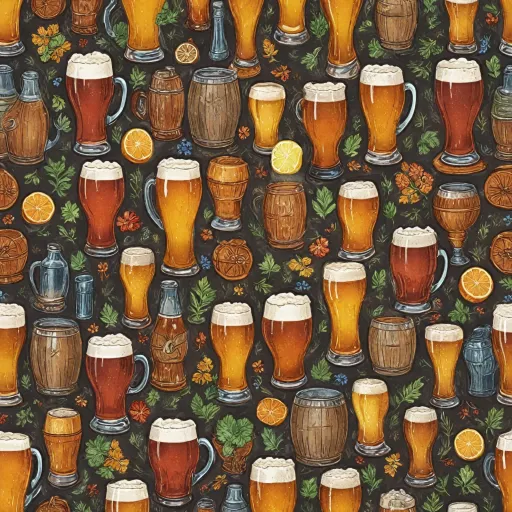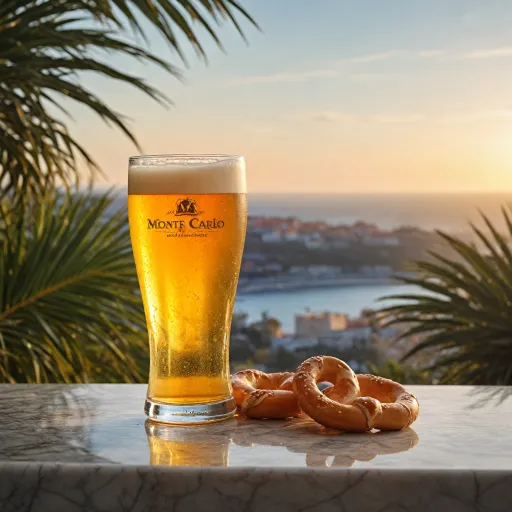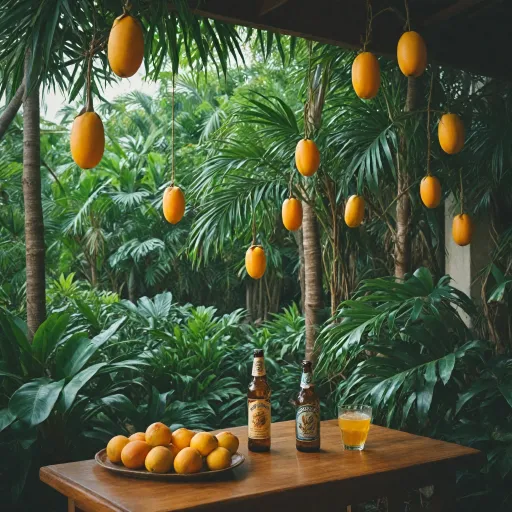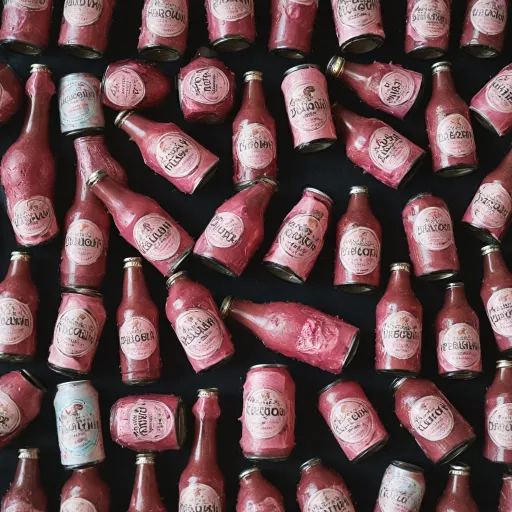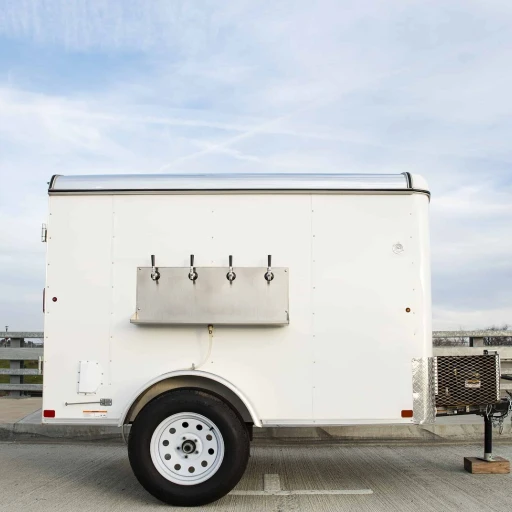
La trappe: a trappist brewery rooted in tradition
Centuries of devotion in every brew
La Trappe is more than just a name on a bottle—it’s a living tradition. Nestled in the peaceful Dutch countryside, this trappist brewery is operated by monks who have dedicated their lives to both faith and craftsmanship. Their commitment is evident in every aspect of the brewing process, from selecting the finest ingredients to the patient aging of each batch.
What sets La Trappe apart is its deep connection to monastic values. Brewing is not just a trade here; it’s a way to support the monastery and its charitable works. This sense of purpose infuses each beer with a unique character, reflecting centuries of knowledge passed down through generations.
As you explore the world of trappist beers, you’ll notice how La Trappe’s authenticity shines through. The brewery’s respect for tradition is matched by a willingness to innovate, ensuring that every glass offers a taste of history and a glimpse of the future. If you’re curious about how these values compare to other European brewing traditions, you might enjoy this insightful look at Belgian lager culture.
The trappist difference: authentic flavors and brewing methods
What makes trappist brewing unique?
La Trappe’s beers are more than just beverages—they are the result of centuries-old monastic traditions. Trappist brewing is defined by strict criteria: the beer must be brewed within the walls of a Trappist monastery, under the supervision of monks, and profits support the monastery or charitable causes. This dedication ensures authenticity and a deep connection to heritage.
Traditional methods, exceptional flavors
What sets La Trappe apart is its commitment to time-honored brewing techniques. The monks use natural ingredients, often sourced locally, and follow recipes passed down through generations. The fermentation process is carefully controlled, resulting in beers that are rich, complex, and balanced. Each variety—from blondes to dark ales—offers layers of flavor, with notes ranging from fruity esters to spicy phenols and subtle malt sweetness.
Comparing with other iconic breweries
La Trappe’s approach shares similarities with other renowned Belgian breweries, but its trappist status guarantees a level of authenticity and purpose that’s hard to match. For those interested in exploring how different breweries create their own unique experiences, you might enjoy reading about the Delirium Tremens brewery experience—another example of dedication to craft and tradition.
As you move on to learn about the range of La Trappe beers, you’ll see how these authentic methods translate into a diverse and celebrated lineup.
Sorting la trappe beers: from best selling to alphabetically
How to navigate la trappe’s diverse beer range
La trappe offers a rich selection of trappist beers, each with its own character and story. Whether you’re new to the brand or a seasoned enthusiast, finding your favorite can be both fun and rewarding. Here’s how you can approach their lineup:- Best sellers first: Start with the classics like La Trappe Tripel or La Trappe Dubbel. These are often the most accessible and widely appreciated, giving you a solid introduction to the brewery’s style.
- Alphabetical order: If you’re feeling methodical, try tasting them from A to Z. This approach is great for those who want to experience the full spectrum without bias.
- By style or strength: Some prefer to begin with lighter options, such as La Trappe Blond, before moving on to richer, more complex brews like Quadrupel or Bockbier.
- Seasonal and limited editions: Don’t miss out on special releases. These beers showcase the creativity and tradition that define la trappe’s reputation.
Experience la trappe: glassware and tasting tips
Choosing the right glass for la trappe beers
Enjoying la trappe beers is not just about the taste—glassware plays a key role in the experience. Each style, from blond to quadrupel, reveals its aromas and flavors best in a tulip-shaped or chalice glass. These glasses help concentrate the beer’s bouquet and allow a generous head to form, enhancing both aroma and visual appeal.
Serving temperature and pouring tips
To fully appreciate la trappe’s authentic flavors, serve the beers at cellar temperature, typically between 8°C and 12°C. Pour gently, tilting the glass and allowing the beer to flow slowly. This preserves the carbonation and creates a creamy head. For bottle-conditioned varieties, leave the last centimeter in the bottle to avoid yeast sediment unless you prefer a more rustic, cloudy pour.
Tasting notes: what to look for
- Appearance: Observe the color and clarity, which range from golden to deep amber depending on the style.
- Aroma: Swirl the glass gently to release notes of fruit, spice, and malt.
- Taste: Take small sips and let the beer linger, noting the balance of sweetness, bitterness, and any subtle yeast character.
- Mouthfeel: Notice the texture—la trappe beers often have a smooth, full-bodied feel.
Pairing la trappe with food
La trappe’s range pairs well with a variety of dishes. Lighter styles complement seafood and salads, while richer, darker beers are perfect with roasted meats or aged cheeses. Experimenting with pairings can enhance both the beer and your meal, making each tasting session unique.
La trappe in the beer world: why it’s still going strong
Continued relevance in a changing beer landscape
La Trappe remains a respected name in the beer world, even as new trends and breweries emerge. Its enduring appeal comes from a blend of authenticity, quality, and adaptability. While many breweries chase the latest styles, La Trappe stays true to its roots, ensuring each beer reflects the values and traditions of Trappist brewing.
Respected by enthusiasts and newcomers alike
Beer lovers appreciate La Trappe for its consistent quality and unique character. Whether you are a seasoned enthusiast or just starting to explore Trappist beers, La Trappe offers a range of options that cater to different tastes. The careful selection of ingredients and time-honored methods make each glass a memorable experience.
Global recognition and awards
La Trappe’s commitment to excellence has not gone unnoticed. The brewery regularly receives international awards, highlighting its ability to compete with both traditional and modern breweries worldwide. This recognition helps maintain its status as a benchmark for Trappist and craft beers.
Community and sustainability efforts
Beyond brewing, La Trappe is known for its focus on community and sustainability. The monks and staff prioritize ethical production, environmental care, and supporting local initiatives. These efforts resonate with today’s consumers, who value responsible practices as much as great taste.
A legacy that inspires
La Trappe’s story continues to inspire both brewers and drinkers. Its ability to balance tradition with innovation ensures it remains a vital part of the global beer scene, offering a taste of history in every pour.


